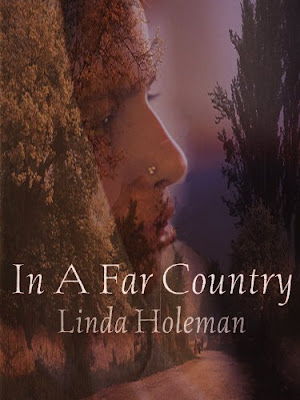Review of 'castle on the rise' by Kirsty Cambron

So as I am not an Irish American and also never felt any sympathy for an uprising when your countrymen are fighting in trenches in France and refusing to go and fight the Nazies two decades later because you do not want to fight alongside the English there was a bit of a challenge if this had been a very overly patriotic and heroworshipping novel. Luckily it is not and I enjoyed reading it. I do however have to warn the readers: you might want to keep Wikipedia close as it is full with real historic figures and looking them up will make the book more interesting to read.
The castle on the hill in the title is a ruin outside of Dublin in Ireland. It features in all three of the storylines in this novel. We follow the stories of three women - one during the Irish Rebellion in 1798, one during the Easter Rising in 1916 and one in the present. It is also the story of the bond between two families over the ages. And in all of the three storylines someone is willing to pay with his life to help others.
It is obvious that the storyline about the Easter Rising is the backbone of the novel. Lady Isobel - Issy - is a member of the Anglo-Irish upperclass. Her brother is away fighting in the trenches and her younger brother and her friends have joined a group of Irish nationalists. Issy is a keen photographer and a fan of a lady who is a war photographer in France. When the rebellion starts she wants to document it with pictures so people will remember the true events. This part of the novel made me realise the independence movement was not a strictly catholic thing. Issy is a protestant and rebelleaders mentioned were for instance socialists or catholics or suffragettes. What also became clear by reading the book and checking Wikipedia was that the Easter Rising was not that much supported by the Irish people but that the English cruelty and the wave of death sentences and executions afterwards swayed the people.
The story of Meave is set in 1798-1799. She is an English lady whose family owns the manor near the ruined castle and also an estate in Berkshire in England. Her parents tried to be very good towards their Irish tenants giving them food and shelter and kindness. But then her brother the heir was found killed on the Dublin road assumedly by Irish rebels. Her mother went ill with grief and illness and died. Her other brother left for England. Now Meave has to cope with a father who is drowning his enormous grief and pain in a bottle and is unfit to govern the estate. She feels lost and alone. And then they are even attacked and her father's price stallion is stolen. Searching the area for the thief and the horse Meave finds what she thinks must be the bandit laying severely wounded on the road. She saves this stranger but he saves her as well. I found their story very moving. That man is so honourable and kind. Someone who is not a weak sissy but who purposely decides to love. This part of the book also depicts the cruelty of the English (read British) against the Irish. It seems Britain managed to loose the USA and Ireland because of the callous behaviour towards its own subjects there. Something we have to remember when treating other people. And although the Easter Rising part of the novel is very pro-revolutionaries in this part of the story also the cruelty of burning down estates with English owners in it is mentioned and frowned upon and made clear that certain people would make use of the situation to do their own evil under a flag of revolution.
The present day story is about two cousins who apparently featured in an earlier novel as well. One I did not read and also did not miss. It is about broken hearts and about cancer. Maybe because I had cancer the shaving of the hair etc. did not leave that much of an impression although I have to admit that the scene where the news is told had me freshly in tears. This part of the novel is more a discovering of the mysteries of the past and showing a now peaceful Ireland then a full story to me.
I liked the book. It is well written and also well researched. It is a good way to get to introduced to Irish history.
Published the 5th of February 2019







Comments
Post a Comment